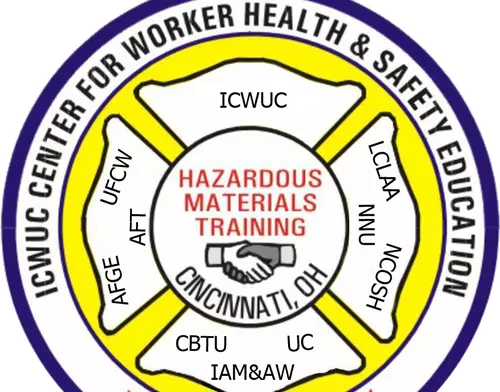News from the Health and Safety Department

Most workers understand that they have safety and health protections on their jobs. Although enforcing those protections can be tricky. The primary enforcement agency in many workplaces is the Occupational Safety and Health Administration (OSHA). The Occupational Safety and Health Act of 1970 granted those protections (but not to all workers; many public employees are not covered by the act). And it is no secret that these protections have changed little in the past four decades. Then you factor in the constant assaults from anti-worker administrations and law-makers these protections become even more blurry. This is one reason why ICWUC has always advocated its’ members vote for labor friendly candidates; safety on the job is no guarantee. ICWUC has also encouraged locals to consider constantly improving on contractual health and safety language and become activist in their own safety and health.
Now the Environmental Protection Agency (EPA) may also offer protections to some workers. The Toxic Substance Control Act (TSCA) as amended in 2016 by the Frank R. Lautenberg Chemical Safety for the 21st Century Act allows EPA to consider workers as a vulnerable sub-population when evaluating hazards of some chemicals. EPA will identify chemicals in commerce and through a risk assessment determine if a chemical presents an unreasonable risk or not an unreasonable risk. Those found to present an unreasonable risk EPA must then issue regulation banning or restricting the chemical. There are timelines assigned to these actions and how to determine which chemicals get priority. This is a very simple explanation of the process; make no mistake, this regulation is very complexed. For instance, EPA does not supersede OSHA’s authority, but how this will actually work is unknown at this time. And EPA’s first cut to protect workers was to put them in personal protective equipment (PPE) without exploring the established and accepted use of the hierarchy of controls with PPE being the last resort or in the short term. To this last point, labor has voiced strong opposition and stands by always considering the hierarchy of controls (engineering controls, substitution for a less hazardous material when possible, etc.).
You can learn more about how TSCA works by visiting the following pages:
- EPA.gov Assessing and Managing Chemicals Under TSCA Webpage.
- EPA.gov Summary of the Toxic Substances Control Act Webpage
Although we have a long way to go before workers are protected as they deserve to be, the TSCA revision could be a step in the right direction; a very small step.
We must continue to educate ourselves about the hazards of our jobs. This includes understanding the chemicals we work with. And hold our employers accountable; properly train us about these hazards and protect us by first utilizing the hierarchy of controls.
